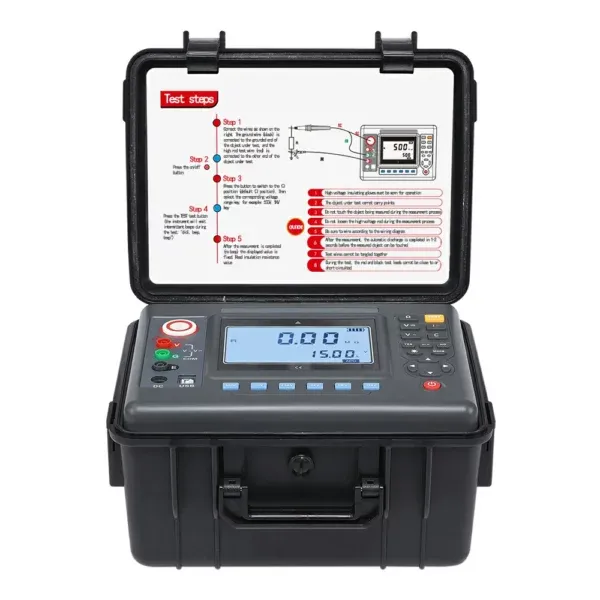 English
English



-
 Afrikaans
Afrikaans -
 Albanian
Albanian -
 Amharic
Amharic -
 Arabic
Arabic -
 Armenian
Armenian -
 Azerbaijani
Azerbaijani -
 Basque
Basque -
 Belarusian
Belarusian -
 Bengali
Bengali -
 Bosnian
Bosnian -
 Bulgarian
Bulgarian -
 Catalan
Catalan -
 Cebuano
Cebuano -
 China
China -
 China (Taiwan)
China (Taiwan) -
 Corsican
Corsican -
 Croatian
Croatian -
 Czech
Czech -
 Danish
Danish -
 Dutch
Dutch -
 English
English -
 Esperanto
Esperanto -
 Estonian
Estonian -
 Finnish
Finnish -
 French
French -
 Frisian
Frisian -
 Galician
Galician -
 Georgian
Georgian -
 German
German -
 Greek
Greek -
 Gujarati
Gujarati -
 Haitian Creole
Haitian Creole -
 hausa
hausa -
 hawaiian
hawaiian -
 Hebrew
Hebrew -
 Hindi
Hindi -
 Miao
Miao -
 Hungarian
Hungarian -
 Icelandic
Icelandic -
 igbo
igbo -
 Indonesian
Indonesian -
 irish
irish -
 Italian
Italian -
 Japanese
Japanese -
 Javanese
Javanese -
 Kannada
Kannada -
 kazakh
kazakh -
 Khmer
Khmer -
 Rwandese
Rwandese -
 Korean
Korean -
 Kurdish
Kurdish -
 Kyrgyz
Kyrgyz -
 Lao
Lao -
 Latin
Latin -
 Latvian
Latvian -
 Lithuanian
Lithuanian -
 Luxembourgish
Luxembourgish -
 Macedonian
Macedonian -
 Malgashi
Malgashi -
 Malay
Malay -
 Malayalam
Malayalam -
 Maltese
Maltese -
 Maori
Maori -
 Marathi
Marathi -
 Mongolian
Mongolian -
 Myanmar
Myanmar -
 Nepali
Nepali -
 Norwegian
Norwegian -
 Norwegian
Norwegian -
 Occitan
Occitan -
 Pashto
Pashto -
 Persian
Persian -
 Polish
Polish -
 Portuguese
Portuguese -
 Punjabi
Punjabi -
 Romanian
Romanian -
 Russian
Russian -
 Samoan
Samoan -
 Scottish Gaelic
Scottish Gaelic -
 Serbian
Serbian -
 Sesotho
Sesotho -
 Shona
Shona -
 Sindhi
Sindhi -
 Sinhala
Sinhala -
 Slovak
Slovak -
 Slovenian
Slovenian -
 Somali
Somali -
 Spanish
Spanish -
 Sundanese
Sundanese -
 Swahili
Swahili -
 Swedish
Swedish -
 Tagalog
Tagalog -
 Tajik
Tajik -
 Tamil
Tamil -
 Tatar
Tatar -
 Telugu
Telugu -
 Thai
Thai -
 Turkish
Turkish -
 Turkmen
Turkmen -
 Ukrainian
Ukrainian -
 Urdu
Urdu -
 Uighur
Uighur -
 Uzbek
Uzbek -
 Vietnamese
Vietnamese -
 Welsh
Welsh -
 Bantu
Bantu -
 Yiddish
Yiddish -
 Yoruba
Yoruba -
 Zulu
Zulu
precipitation potentiometric titration
Understanding Precipitation Potentiometric Titration A Comprehensive Overview
Precipitation potentiometric titration is a sophisticated analytical technique widely used in chemistry to determine the concentration of an analyte in a solution. This method is particularly beneficial for estimating the concentration of ions in a complex matrix, such as water samples, where conventional titration methods may fall short. By integrating potentiometry with titration, this approach enhances accuracy and precision, making it a favored technique among chemists and environmental scientists alike.
The Principle Behind Precipitation Potentiometric Titration
At its core, precipitation potentiometric titration involves the gradual addition of a titrant to a solution containing an analyte until a reaction has occurred that produces a precipitate. The titrant is often a solution with a known concentration of a reagent that reacts with the analyte to form an insoluble compound. For instance, when silver nitrate is utilized as a titrant for determining the chloride ion concentration, the reaction leads to the formation of a white precipitate of silver chloride, according to the reaction
\[ \text{Ag}^+ (aq) + \text{Cl}^- (aq) \rightarrow \text{AgCl} (s) \]
As the titrant is added, the concentration of the analyte decreases, and the potential of the solution changes. This change is measured using an ion-selective electrode, typically designed to respond to the ion of interest, providing real-time data on the progress of the titration.
The Role of Potentiometry
Potentiometry is the measurement of the voltage of electrochemical cells, from which the concentration of ions can be inferred. In the context of precipitation titrations, the potentiometric measurements are crucial since they indicate when the endpoint of the titration has been reached. The sharp change in potential at the equivalence point—where all the analyte has reacted with the titrant—facilitates the accurate determination of the analyte’s concentration.
The precision of this method is significantly higher than traditional visual methods, which rely on indicators that may not provide a clear color change or may be affected by interference from other substances.
precipitation potentiometric titration

Advantages of Precipitation Potentiometric Titration
1. Increased Sensitivity and Linearity This technique exhibits a broader linear response and greater sensitivity, making it adept at detecting low concentrations of analytes.
2. Reduced Interference Potentiometric titration is less prone to interference from colored or turbid solutions, as it does not rely on colorimetric indicators.
3. Automation Potential The process can be easily automated to enhance throughput and minimize human error, leading to more reproducible results.
4. Wider Application Range This technique can be applied to various fields, including environmental analysis (water testing), pharmaceuticals, and food safety, where it is critical to measure ionic substances accurately.
Practical Applications
In environmental chemistry, precipitation potentiometric titration is employed to measure heavy metals in water, assess water quality, and monitor changes due to pollution. In pharmaceuticals, it aids in determining the purity of compounds and ensuring dosage accuracy. Furthermore, in food chemistry, it is instrumental in detecting additives and preservatives, ensuring compliance with safety standards.
Conclusion
Precipitation potentiometric titration exemplifies the intersection of traditional chemistry and modern analytical techniques. As the demand for precise measurement in various industries continues to grow, the relevance of this method will undoubtedly expand. Its ability to deliver accurate, reliable data while minimizing errors and interferences positions it as a cornerstone of analytical chemistry in future developments. For chemists and researchers aiming to deepen their analytical capabilities, mastering precipitation potentiometric titration is an invaluable undertaking that promises to enhance both the quality and clarity of their findings.
-
Testing Equipment Industry Sees Major Advancements in 2025: Smart & Precision Technologies Lead the WayNewsJun.06,2025
-
Applications of Direct Current Generators in Renewable Energy SystemsNewsJun.05,2025
-
Hipot Tester Calibration and Accuracy GuidelinesNewsJun.05,2025
-
Digital Circuit Breaker Analyzer Features and BenefitsNewsJun.05,2025
-
Benefits of Real-Time Power Quality Monitoring Devices for Industrial EfficiencyNewsJun.05,2025
-
Earth Fault Loop Testing in High-Rise Building Electrical SystemsNewsJun.05,2025



